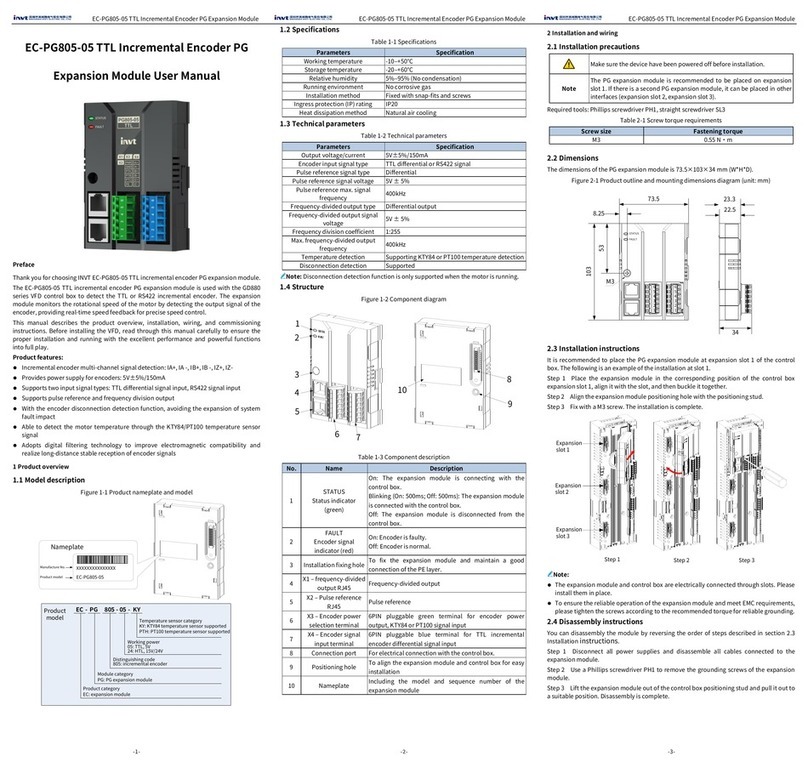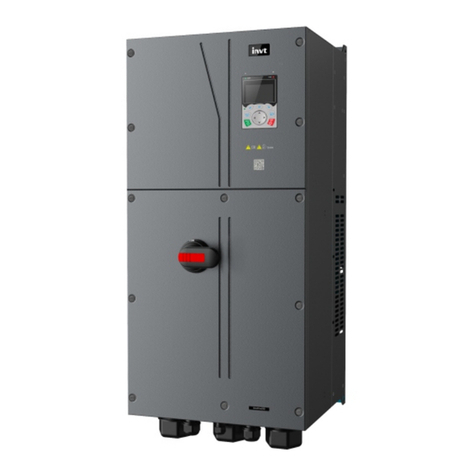
Goodrive350-UL Series High-performance Multifunction VFD Contents
vii
Appendix B Technical data...........................................................................................................382
B.1 What this chapter contains...........................................................................................382
B.2 Derated application......................................................................................................382
B.2.1 Capacity..........................................................................................................382
B.2.2 Derating..........................................................................................................382
B.3 Grid specifications........................................................................................................384
B.4 Motor connection data..................................................................................................384
B.4.1 EMC compatibility and motor cable length.......................................................384
B.5 Application standards...................................................................................................384
B.5.1 CE marking.....................................................................................................385
B.5.2 UL and CUL marking.......................................................................................385
B.5.3 EMC compliance declaration...........................................................................385
B.6 EMC regulations..........................................................................................................385
B.6.1 VFD category C2.............................................................................................386
B.6.2 VFD category C3.............................................................................................386
Appendix C Dimension drawings..................................................................................................387
C.1 What this chapter contains...........................................................................................387
C.2 Keypad structure .........................................................................................................387
C.2.1 Structure diagram ...........................................................................................387
C.2.2 Keypad installation bracket..............................................................................387
C.3 VFD structure..............................................................................................................388
C.4 Dimensions of VFDs of AC 3PH 200V–240V and 380V–480V......................................388
C.4.1 Wall installation dimensions.............................................................................388
C.4.2 Flange installation dimensions.........................................................................391
C.4.3 Floor installation dimensions ...........................................................................393
C.5 Dimensions of VFDs of AC 3PH 520V–600V................................................................394
C.5.1 Wall installation dimensions.............................................................................394
C.5.2 Flange installation dimensions.........................................................................395
Appendix D Optional peripheral accessories ................................................................................397
D.1 What this chapter contains...........................................................................................397
D.2 Wiring of peripheral accessories ..................................................................................397
D.3 Power supply...............................................................................................................398
D.4 Cables.........................................................................................................................398
D.4.1 Power cables..................................................................................................398
D.4.2 Control cables.................................................................................................399
D.4.3 Cable arrangement .........................................................................................403
D.4.4 Insulation inspection........................................................................................403
D.5 Breaker and electromagnetic contactor........................................................................404
D.6 Reactors......................................................................................................................406
D.7 Filters..........................................................................................................................409
D.7.1 Filter model description...................................................................................409





























